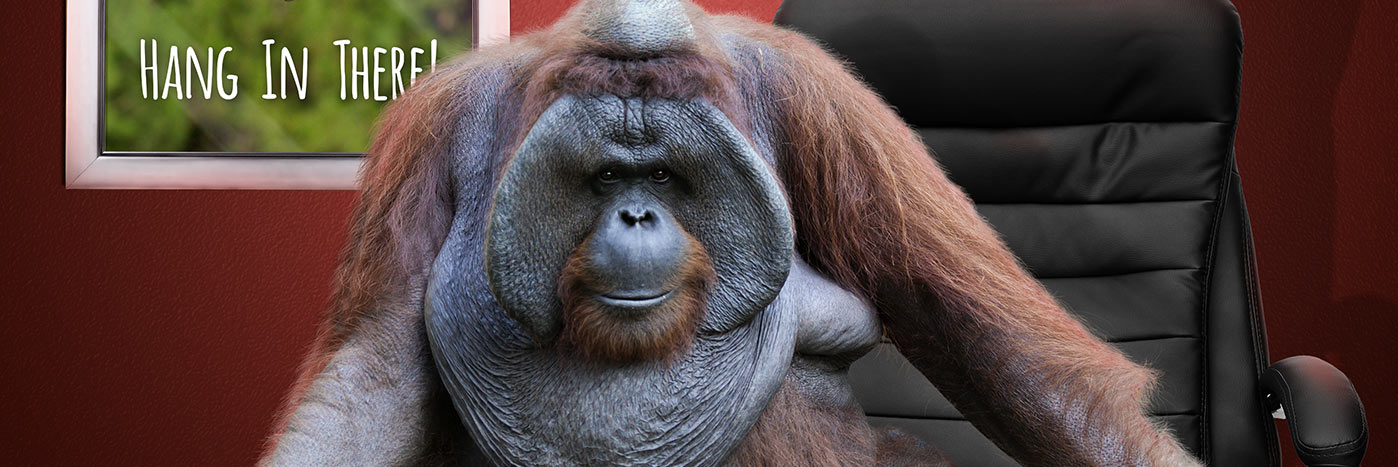It’s happened to all of us.

It’s times like these that marketers stand to learn way more than they expect. It’s common knowledge that you grow more from your failures than your successes, which is a very nice thing to say to someone else – but more difficult to swallow when it’s your own lesson. When these situations present themselves, it ultimately is an opportunity to reflect and analyze what went wrong by breaking the campaign down to it’s most basic elements:
Know Your Audience.
This seems like a simple part of the equation – but if you treat it like so, it can come back to bite you. The audience varies wildly depending on the campaign, but always make sure you prioritize who should be receiving your message. A targeted audience will always perform better than a generalized one. Where does your audience live? What are their interests and characteristics (age, gender, job status, marital status, etc…)? What type of media do they read (newspaper, social media, television, radio, email)? Some of these things can be found online, some can be purchased from a media provider, some have to be gleaned over time by asking and surveying your customer base. ALL are important if you want to limit the amount of “white noise” marketing.
Make Great Offers.
It’s difficult to entice anyone without showing them how they can benefit from taking action on your promotion. How did your offer stack up? Does the recipient get anything for calling your phone, filling out your form, or visiting your store? People love discounts, and people love free stuff – if you can find a way to utilize one or both in your offer, you can bet more will come calling. There’s something to be said for informing or educating your customers, but if you want them to take action, put yourself in their shoes and ask “what’s in it for me?”
Pay Attention to Timing.
Timing is something that many people overlook, but it can have a drastic effect on your marketing. That’s why you see so many tax-rebate and holiday promotions – timing a campaign around a holiday or event gives it a boost and gives customer’s more motivation. For example, if your target audience is a homeowner needing landscaping, it makes sense to market to them in the early spring when everyone is getting spring fever and ready to work on their lawns. Does your product or service have more relevance during a certain time of the year, month, week, or day? In addition to that, did you know that bigger decisions are usually made on a Monday, or that social media is quieter on the weekends, or weekend deliveries make a bigger impact?*
Frequency and Duration.
There are a lot of resources out there that say how many times your audience needs to see your message before committing to purchase. Some say as little as six and some as many as thirteen. The success of a campaign depends not only on the audience and offer, but how often and for how long your audience is exposed. These multiple “touches” can mean the difference between a sale and being ignored. It’s not because your audience is malicious or indifferent, but maybe distracted the first time they see it, or forget about it after a while and miss out. The goal is to gently remind them multiple times through different channels like email, mail, social media, etc. while avoiding being intrusive or pushy.
Don’t Rule Out User Behavior.
In our experience with marketing channels such as Google Adwords Pay Per Click, it becomes apparent that sometimes you can’t figure out why one month does amazing and the following month tanks. It might be that users aren’t searching for your keywords that month – the simple explanation being that the target audience just wasn’t receptive at the time. Maybe there was another big event that overlapped yours, maybe there was some economic shift that affected your campaign’s reception, maybe there was an outbreak of influenza and people were afraid to leave their homes. The point is that you can’t control everything, and sometimes a campaign will fall flat for reasons outside your control – which leads me to the final point:
 Don’t Stop!
Don’t Stop!
It’s easy when a promotion fails or a campaign flops to say “this was a dud, trash it.” There are literally hundreds of factors that affect a campaign’s success, and maybe if you just changed one aspect of it (audience, offer, timing, content, design), it might hit the mark and perform just how you wanted. Treat promotions like science experiments with constants and variables. Through testing and analysis, you’ll start to learn what works and what doesn’t for your audience, and each campaign will have the potential to be more successful. Trying new things is not only a way to explore and grow your audience, but it also keeps your marketing fresh and unique. Have any great campaign stories – successes or failures – that you’d like to share with us? We would love to hear about what happened and how you learned from it, and potentially share it on our website to help others as well. Send us your stories at increaseyourreach@agultra.com
*http://www.business2community.com
Point of fact: Orangutans are actually an insanely smart species of primate, have their own learning abilities, and even show cultural differences between populations. Which explains the knowing look and half-smirk in this photo.

 Don’t Stop!
Don’t Stop!


